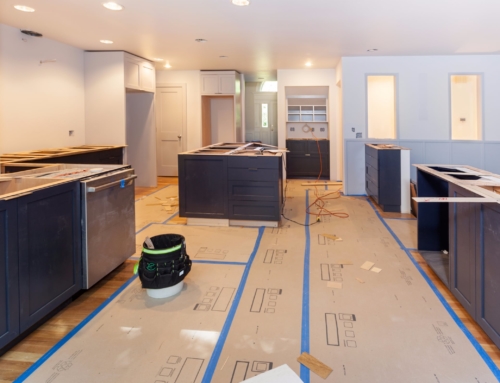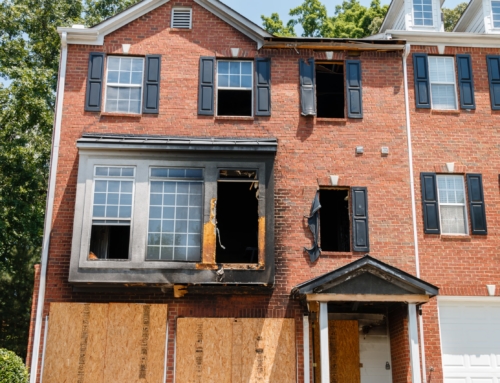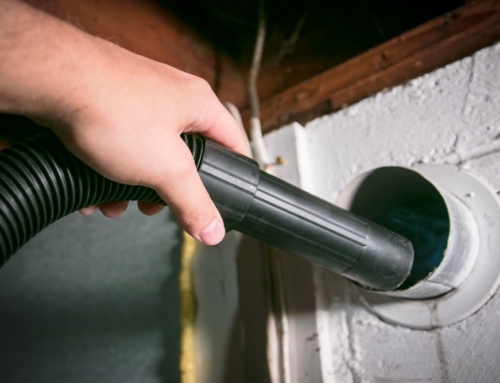For children, playtime frequently means spending time in the local playground. But many parents are building mini-playgrounds in their back yards and spending thousands of dollars to do so.
But having the latest equipment doesn’t always mean your playground is safe for children. Each year, playground injuries send nearly 200,00 children to the emergency room, according to figures compiled by the Mayo Foundation for Medical Education and Research.
That amounts to about 550 accidents every day and medical bills of nearly $1 billion. According to the Mayo Foundation, one-third of playground injuries are serious, including fractures, concussions, dislocations and crash injuries.
Kids get hurt when they fall off slides and structures, collide with moving pieces equipment or catch their clothes on something. Research shows the most dangerous pieces of playground equipment also happen to be children’s favorites, including swings, monkey bars, climbers and slides.
But a well-designed play area can be fun as well as safe. The Consumer Product Safety Commission and the National Program for Playground Safety have created recommendations for homeowners who want to build safe play spaces for their children.
First, pay attention to the surface. Woodchips can help cushion a fall (and some communities will give local homeowners free woodchips, which can help save money), as can sand, rubber or pea gravel. Grass, dirt, concrete and asphalt are typically too hard and can worsen an injury.
Make sure the soft surface extends at least six feet beyond the play area. And make sure any concrete slabs that anchor the equipment in the ground are buried beneath the playing surface.
Next, design a play space that can grow as your child grows. Equipment that works for a 6 to 10-year old children will be too dangerous for toddlers. When working on the design, think about where you will be while your child is playing on the equipment. When your children are young, you might be outside helping them, but as they age, you might be inside cooking dinner. Make sure your design allows you to see your children no matter where they’re playing.
Openings matter. If you’re building a fort that’s more than four feet high, you’ll want the guardrails close together, so little heads can’t get trapped between them. The railings should be at least 38 inches high on equipment for school-age children.
On the other hand, you’ll want ladder rungs, guard rails and other openings lower down to be at least 9 inches wide, so your child’s head doesn’t get caught.
How will your children play on the equipment? Will they run around or sit in the sandbox? The way children use equipment should dictate how much space you leave around each piece, that way you’ll help prevent collisions as children run to and from each item.
Broken equipment can be extremely dangerous. Once you build your playground, be sure to check the equipment frequently for loose or missing bolts, broken rungs or steps, exposed springs, splintered wood, sharp edges or points, worn, rusted or warped parts, or exposed footings. Even rubber swings can be damaged and will need to be replaced.
Finally, landscape around your children’s playground to help shield it from the street. Fences and shrubbery work well and can help keep your children safe without taking the edge off the fun.
July 22, 2002.






Leave A Comment